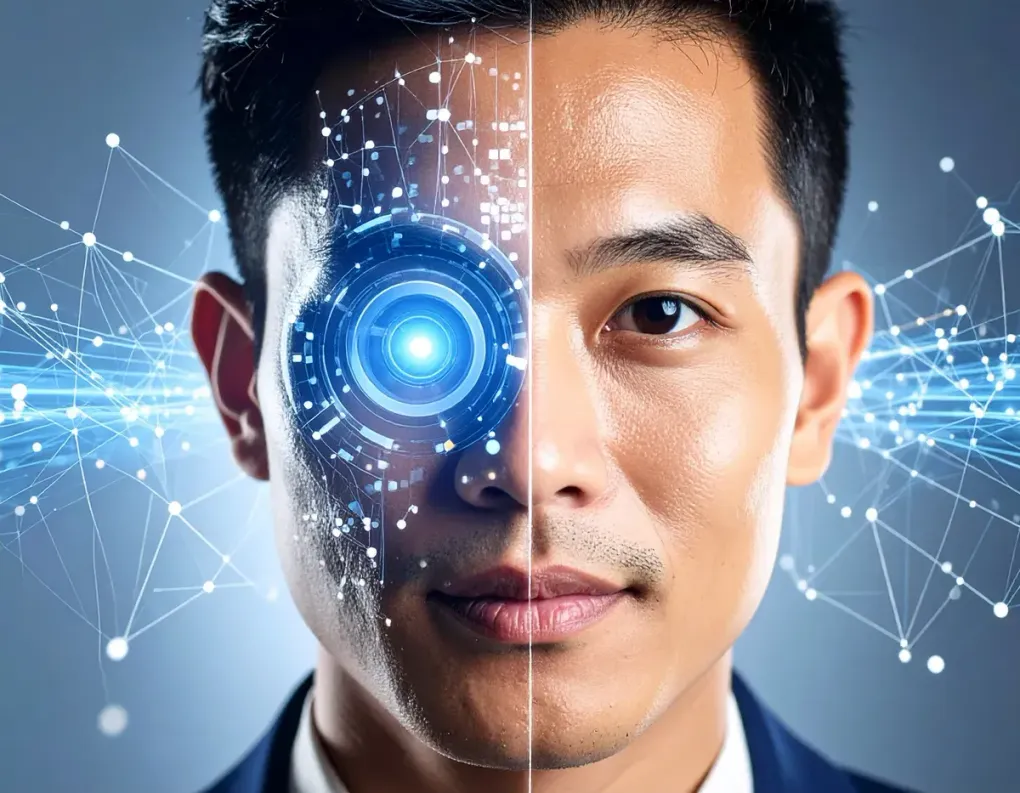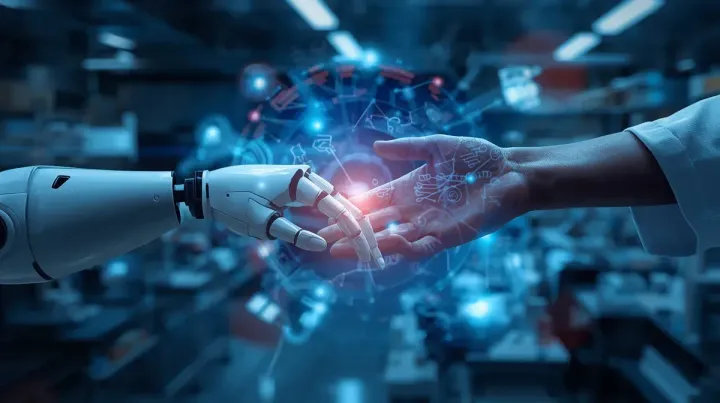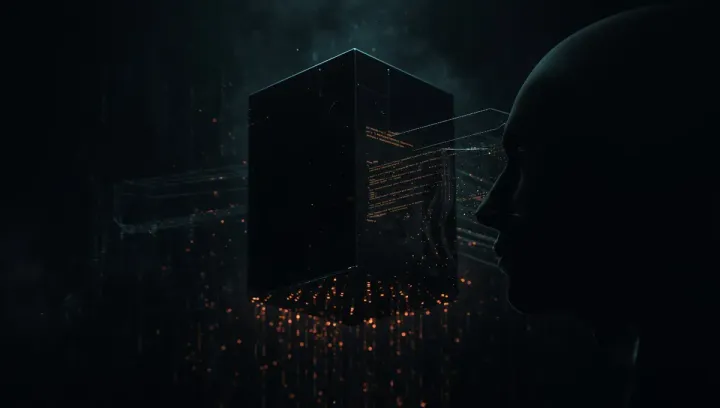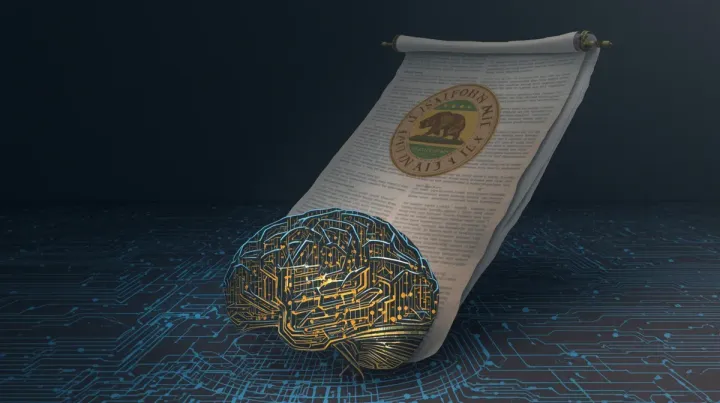
My Voice, Not My Words: The Uncanny Valley of AI Fakes
We’re standing on the edge of a fascinating and slightly terrifying new era of content creation. The recent NPR piece about a fake TikTok video, where every word was stolen from a real creator and synthesized by AI, isn’t just a curiosity-it’s a glimpse into the future of digital identity. And honestly, part of me is incredibly excited.
For years, we’ve seen deepfakes in a negative light, as tools for misinformation. But what we’re seeing now is more nuanced. This isn’t just about making someone say something they didn’t; it’s about perfectly replicating a person’s voice, cadence, and style to create entirely new content. The technology has crossed a threshold from a clumsy imitation to an almost indistinguishable digital twin.
Imagine the possibilities. A creator could license their AI-voice to narrate audiobooks, commercials, or even video game characters, scaling their presence far beyond what a single person ever could. We could have personalized podcasts where our favorite host reads articles specifically for us. The creative potential is immense, a new frontier for artists and influencers to explore.
Of course, the excitement comes with a healthy dose of caution. The concept of “authenticity” is about to get a major software update. How do we verify who is truly speaking? How do creators protect their digital likeness from being used without permission? We’re going to need new tools, new platforms, and maybe even a new way of thinking about what it means to be “real” online.
This isn’t a future to be feared, but one to be designed. The line between the real and the artificial is blurring, and it’s up to us-the creators, the developers, the users-to build the guardrails. The uncanny valley is no longer a concept in computer graphics; it’s becoming our new neighborhood. And I, for one, can’t wait to see what we build here.


